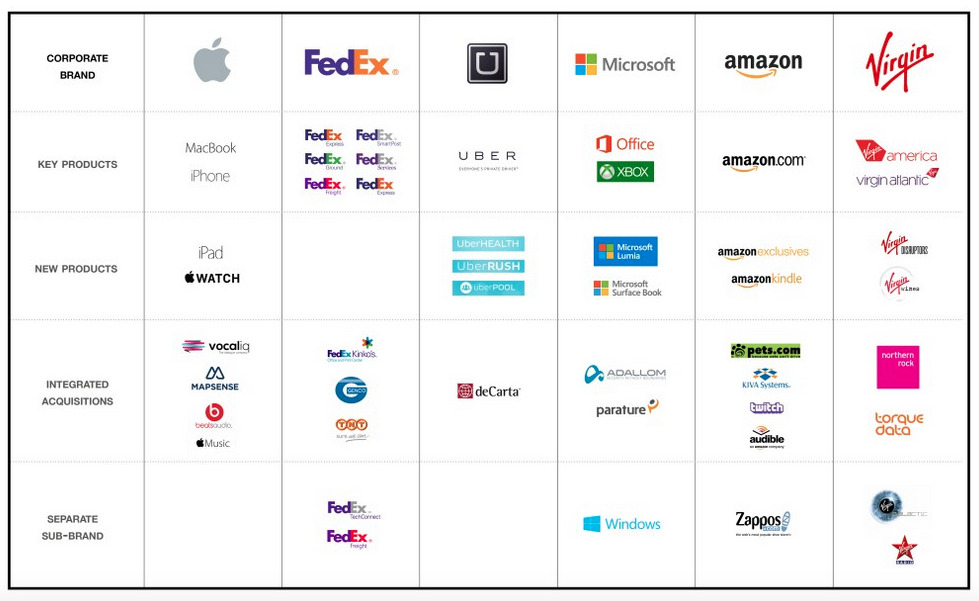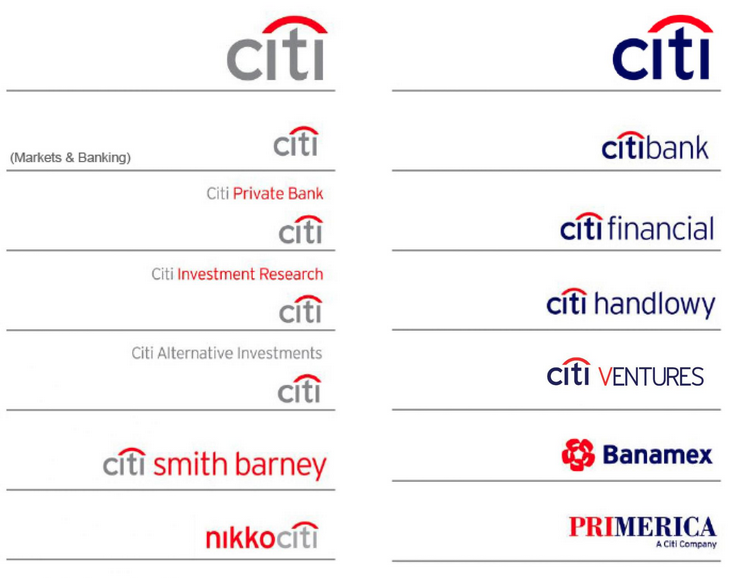What is a Brand Architecture?
Brand architecture is the practice of defining the role of each brand or product within an organization/parent brand.
Your architecture should act as the guideline for the interrelationship between the brands/products within your organization.
When it comes to branding your business, you’re going to want to make sure you have a clear idea of how your company stacks up against the competition. This can be difficult if all you’re doing is selling products and services in a vacuum. Instead, consider how your business works as part of an ecosystem – one that includes different types of customers, suppliers, partners and other stakeholders.
Strong Brands Build Strong Businesses
The brand is a crucial asset of any business. It’s what differentiates you from your competitors, and it can help you grow and succeed. But what if your company doesn’t have a strong brand? Or worse still: what if you’ve built up your business around a weak or broken brand?
Brand architecture is one way to get out of these scenarios. It’s a framework for thinking about the various elements that make up your company’s identity as well as how they fit together- a sort of blueprint for creating and enhancing your brand. If done right, it will give you an advantage over other organizations in terms of recognition, loyalty, and trust among customers.
Brand architecture is a framework
A framework that helps companies create and manage their brands. It defines the relationship between a company’s corporate brand and its sub-brands, including product brands, service brands, regional brands, and other business units.
The model provides a guide for how each department should talk to customers about itself. Brand architecture can help you understand where your company stands in relation to competitors in the marketplace, and how different types of audiences perceive you when they hear from different groups inside your organization.
Why is it important?
Brand architecture is a way of organizing your business. It helps you understand the different parts of your business and how they interact with each other.
For example, if you’re looking at your product portfolio from the perspective of customer needs and value propositions, it’s easy to see that there are many different product groups that can be called out on their own. But if you view them instead through the lens of function or technology, then those same products look more like one big group—because even though they differ in terms of their functions or technologies, they provide similar benefits to customers (and are therefore used together).
Brand Architecture defines the relationship between a company's corporate brand and its sub-brands, including product brands, service brands, regional brands, and other business units.
The business model behind brand architecture
Brand architecture is a framework that helps you to define the structure of your brand. It is a useful tool for managing your brand from an organizational standpoint, because it helps you to make better business decisions and manage brand equity.
It also enables you to manage your reputation. As we’ve seen in our previous articles on social media management, trust is one of the most important components of customer engagement, which can contribute directly or indirectly (depending on how well-established it already is) towards sales success.
In short: why bother with building up trust if there are no sales? That’s where rebranding comes in—you need to start somewhere!
The place to start is with your corporate brand, then defining key products and then determining if separate sub-brands will support the brand positioning.
Enterprise Corporate Brand Strategy

- How to create a successful B2B brand architecture model
Now that we’ve defined the important elements of B2B brand architecture, let’s look at an example of how it can be applied.
In this example, I’ve created a model for a fictitious company called “Sample Company.” Sample Company is a Financial Advisory Firm specializing in pre-retirement through retirement, and wants to expand their niche to manage assets for employees, of all ages, from an employer that has 5,000 local employees.
Sample Company wants to expand its marketing efforts to increase awareness about its products among potential customers and partners. To achieve this goal, it needs to create a cohesive brand architecture model that incorporates all aspects of its brand identity: positioning, value proposition, target audience and engagement strategies for working directly with employees.
The lead generation strategies below apply to most businesses:
Let’s take a closer look at how I developed my recommendations for Sample Company’s new branding structure:
Brand architecture governs all the different elements of a service firm, which helps guide its future direction.
Brand architecture is a tool that helps service businesses understand their customers, make decisions about their brand and grow their business.
You might be asking yourself: Why does my brand need to have an architecture? Well, the answer is simple. A brand’s architecture governs everything from the company’s name to its logo, slogans and even its voice on social media. This can be an exhausting task if you take into account all of the elements that go into building a successful B2B brand (and we won’t even get started on how many different ways there are to manage your visual identity!). Let’s break down each element involved in building a strong B2B brand:
Name – What should my company name be? What do I want it to sound like? Does it match our industry or mission statement? The answers to these questions will help determine a solid foundation for your business’ future direction.
Logo – Everything starts with an idea; this holds true for logos as well.. Use inspiration from other brands within similar industries so that you don’t step too far out of bounds when designing yours!
Below is an example of Citi’s brand architecture.

Conclusion
Remember, brand architecture is an important part of any business. It’s essential to have a strong brand that appeals to your target audience and helps you stand out from the crowd.
Contact us if you’d like to discuss your brand strategy or logo. A new logo is more affordable than you might think.
Financial Advisory Firms



